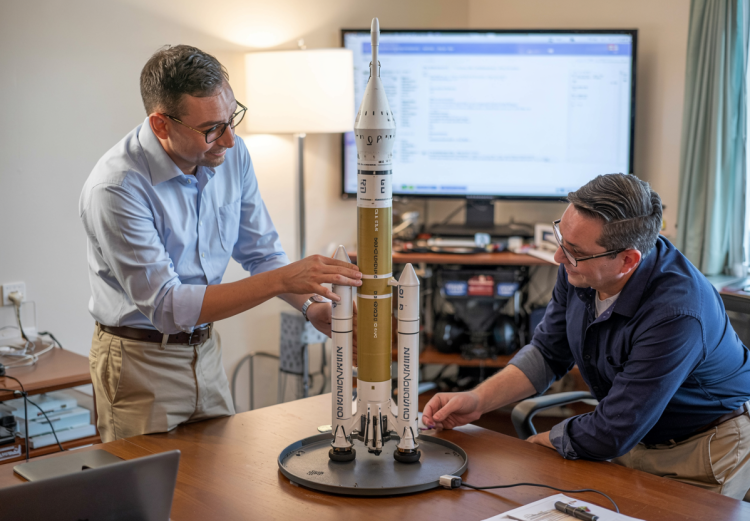Some teams just feel different. They ship smarter. They stay focused. They learn fast and move on. It’s not about headcount. Or tools. Or working late. It’s about how they think, decide, and act—together.
Let’s break down what high-performing product teams consistently do that sets them apart.
They Don’t Confuse Activity With Progress
Busy Is Easy—Impact Is What Matters
High-performing teams know that looking busy isn’t the goal. Creating impact is. Anyone can fill their calendar. Anyone can complete a sprint. But if that work doesn’t change user behavior or move a key metric, it’s just noise.
Great teams filter ruthlessly. They ask: “Will this move us closer to our outcome?” If the answer’s no, they cut it—fast.
They Track Outcomes, Not Just Velocity
Velocity looks good on a chart. But customers don’t care how fast you ship—they care what changes for them.
High-performing teams measure:
- Adoption
- Retention
- Satisfaction
- Time to value
That’s the scoreboard that matters.
They Ask “Why?” Before “How Fast?”
They don’t race through work for the sake of it. They slow down just long enough to ask:
- Why are we doing this?
- Who is it for?
- What problem are we solving?
Only then do they hit the gas.
They Make Decisions Based on Shared Context
Everyone Understands the Customer and the Business
Not just PMs. Not just leads. Everyone. That shared understanding helps every designer, developer, and tester see the why behind the what—so they can make better choices.
They Push Decisions to the Edge
Great teams don’t centralize control—they empower the people closest to the problem to decide. It’s faster, it’s smarter, and it builds trust across the board.
They Share Assumptions and Adjust Quickly
They don’t hide uncertainty. They share it, test it, and adapt together. Assumptions aren’t weaknesses—they’re invitations to learn.
They Build Trust Through Transparency
They Make Work and Thinking Visible
No silos. No guessing. The plan, the progress, the blockers—it’s all out in the open. This clarity cuts down friction and keeps teams moving forward.
They Say What They Mean (Even When It’s Hard)
Tough conversations don’t get buried. They talk about prioritization trade-offs, quality concerns, and unrealistic deadlines. Clear is kind, and great teams don’t let tension fester.
They Own the Outcome Together
No finger-pointing. No “not my job.” When something succeeds—or fails—they own it as a team. Accountability is shared, and that’s how they grow.
They Focus On Learning, Not Just Launching
They Ship to Learn, Not to Finish
A launch isn’t the end—it’s the beginning of insight. Great teams don’t celebrate the release—they celebrate what they learn after the release.
Feedback Loops Are Built Into the Work
Whether it’s analytics, user interviews, or real-time signals—great teams bake feedback into their process. Learning isn’t a phase; it’s the rhythm.
Failure Is Data—Not Drama
Experiments don’t always work. That’s fine. Top teams don’t waste time blaming—they document, discuss, and adjust. It’s not failure; it’s input for the next better version.
If You Want High Performance, Act Like It
High-performing product teams don’t rely on luck—they work with purpose. They build clarity, they own outcomes, they say no often, and they keep learning—always.
If your team wants better results, stop looking for hacks and start acting like the team you want to be. Because the difference isn’t mystery—it’s discipline.


